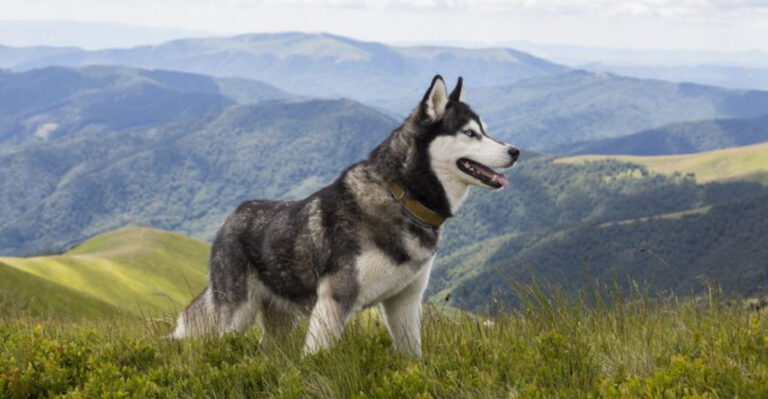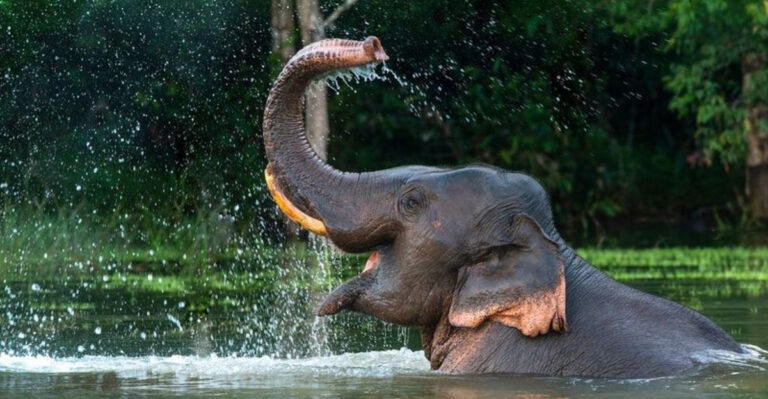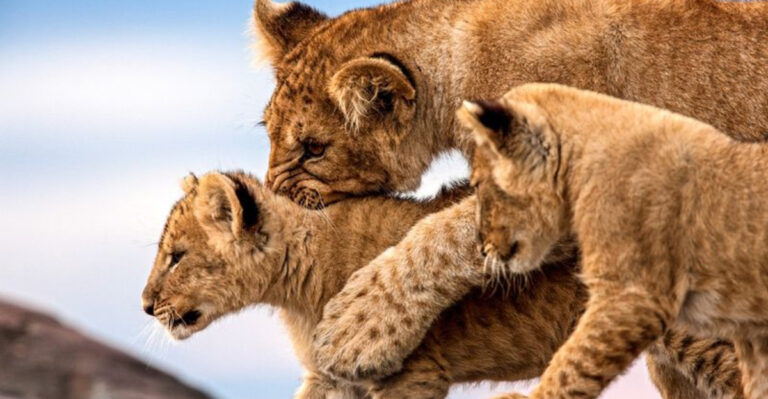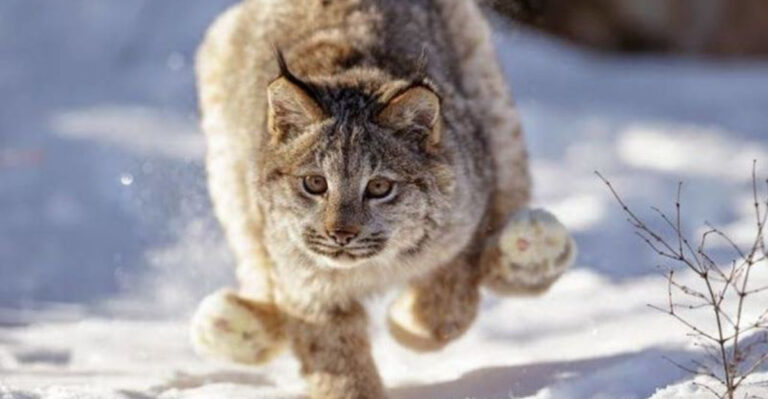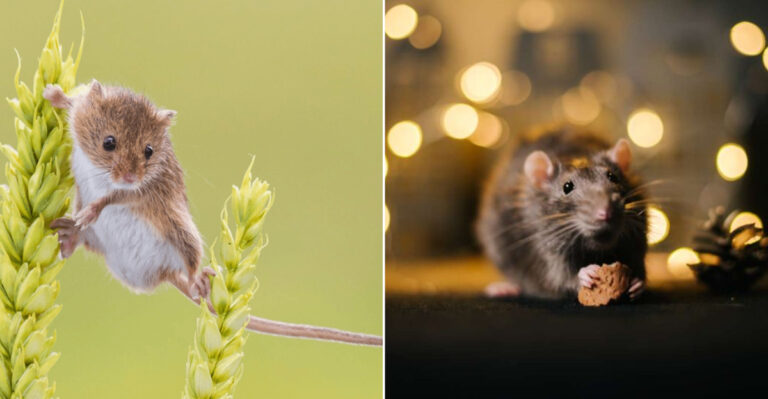16 Weird Animals That Strut Around On Two Legs
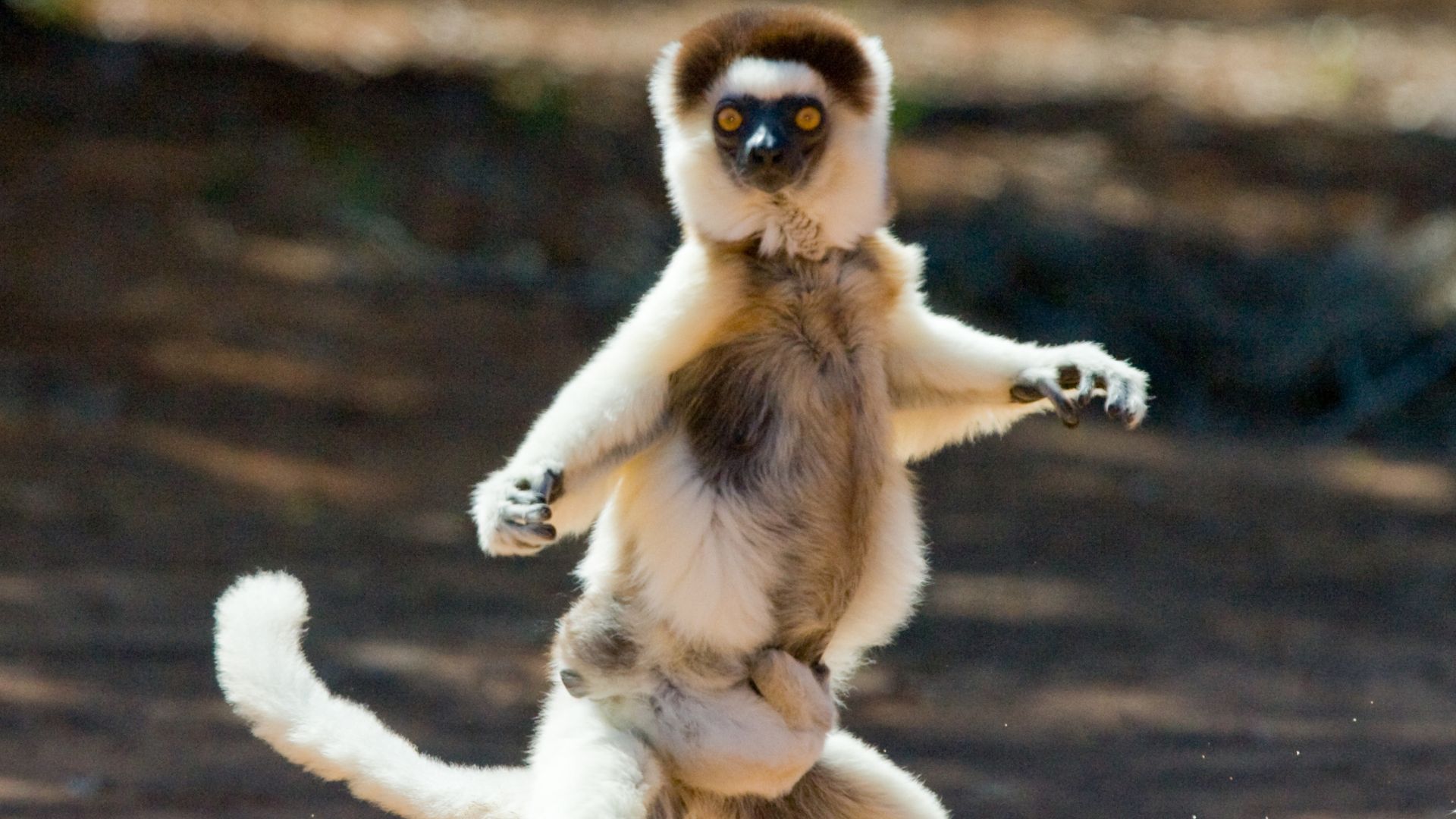
Walking on two legs might seem like a strictly human thing, but nature has a few surprises up its sleeve. Across forests, deserts, beaches, and even deep underwater, a handful of strange and fascinating creatures have mastered the art of the bipedal strut.
From birds that stomp like dinosaurs to lizards that sprint across water, these animals use their hind legs in the weirdest and most wonderful ways. Get ready to meet these curious creatures that prefer to walk—or waddle—on two legs.
1. Shoebill Stork
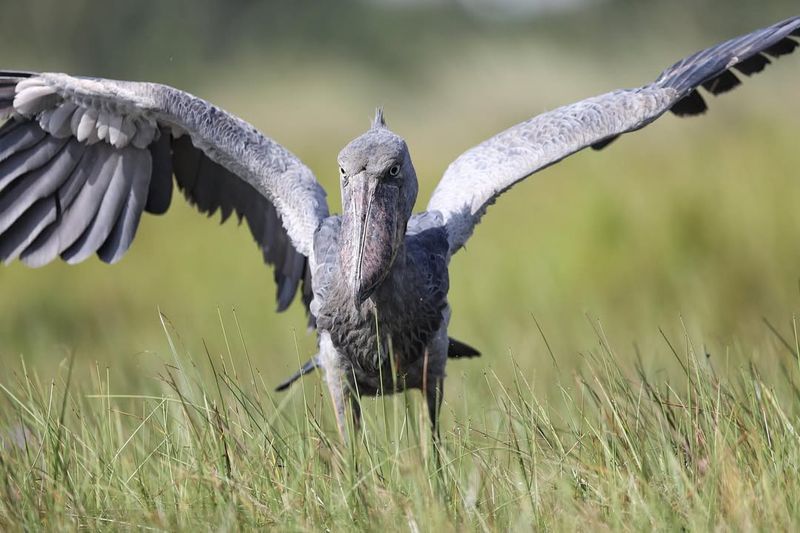
With a prehistoric stare and a shoe-shaped beak, the shoebill stalks through African wetlands upright and slow—often standing completely still for hours.
Its bipedal presence is unsettling yet oddly majestic, like a statue come to life.
2. Emperor Penguin
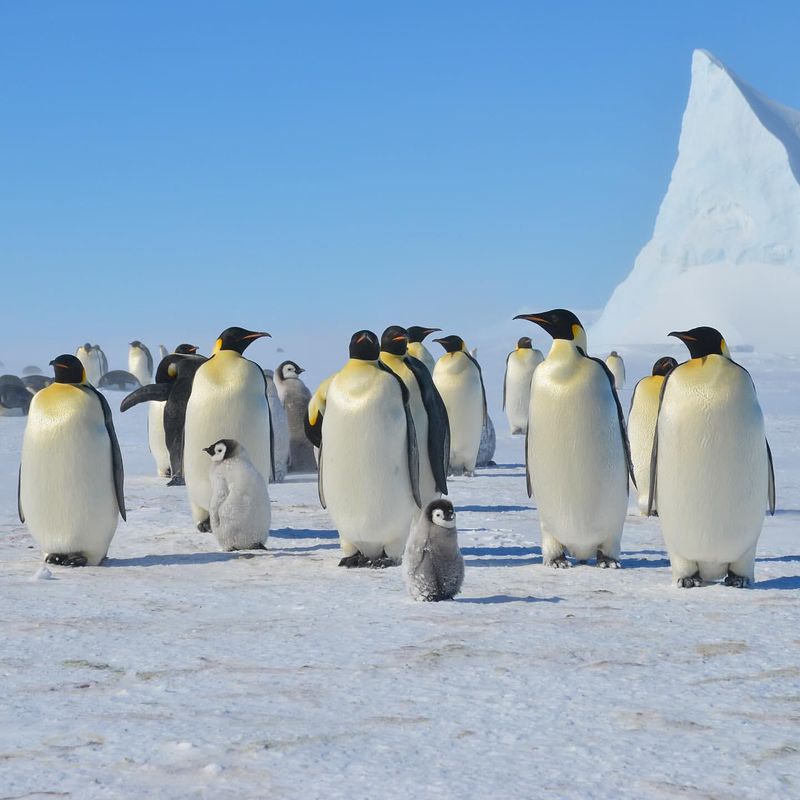
Emperor penguins waddle upright across Antarctic ice in tight, waddling lines that are both adorable and purposeful.
As the largest penguin species, they rely on their two-legged stance for shuffling across long distances between nesting colonies and the sea. Their bipedal march through icy winds is a symbol of resilience.
3. Frigatebird Chick
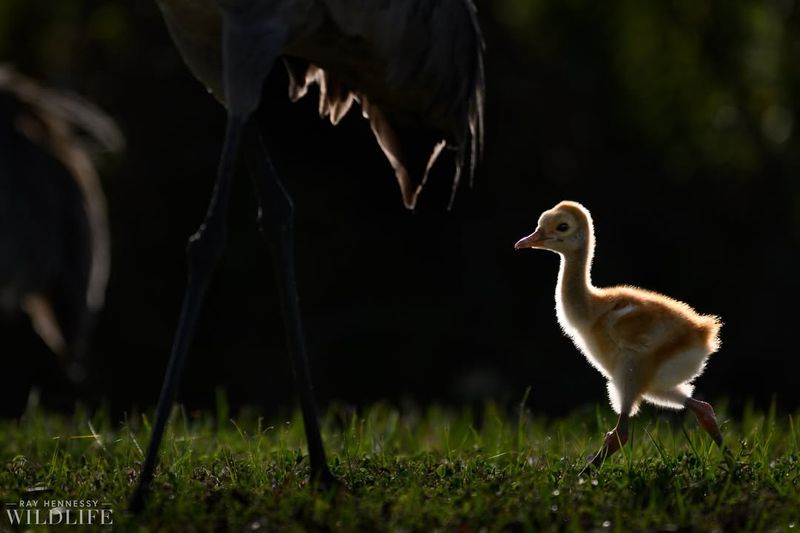
While adult frigatebirds are aerial acrobats, their chicks awkwardly waddle upright in their nests, flapping tiny wings for balance.
Their two-legged teetering resembles toddler-like steps, adding to their peculiar charm in early development.
4. Lesser Flamingo
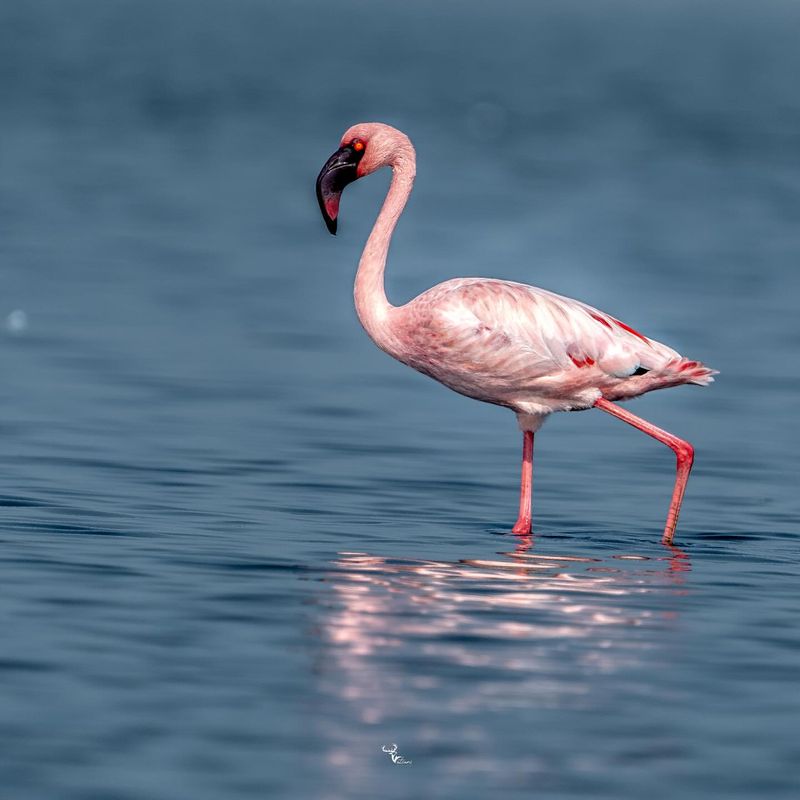
These elegant pink birds are known for their signature stance—often balancing on one leg while standing in shallow water.
But when walking, they use their long, stick-thin legs to strut gracefully through lagoons. It’s a weirdly mesmerizing sight you won’t forget.
5. Kangaroo
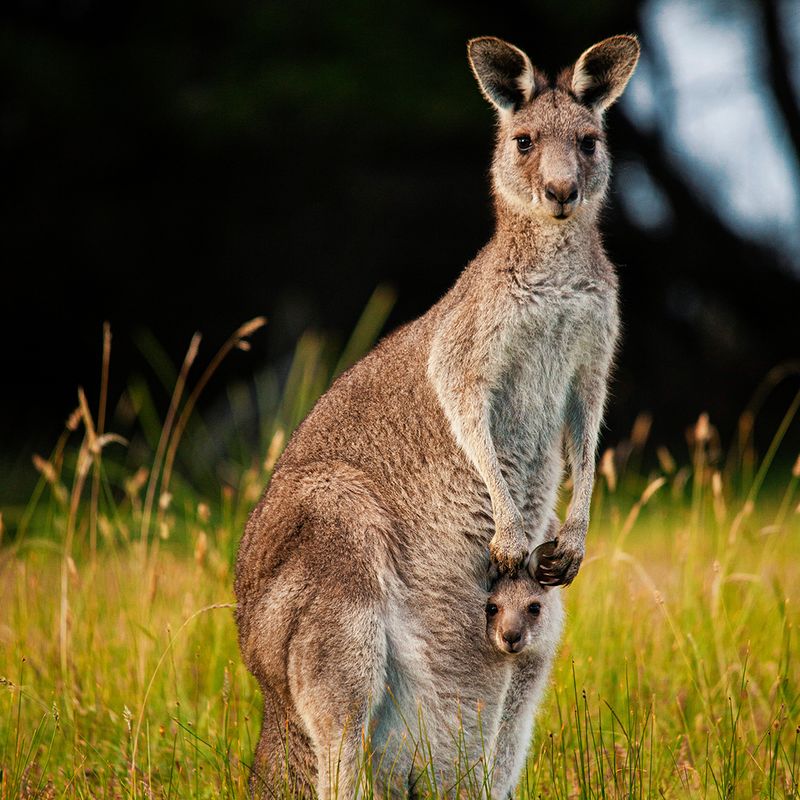
Kangaroos are the ultimate hoppers of the animal kingdom, using their massive hind legs and strong tails for balance and propulsion.
While they usually move in bounding leaps, they can also walk slowly on two legs when grazing or relaxing. Their upright stance and confident bounce give them a unique, almost comical strut.
6. Secretary Bird
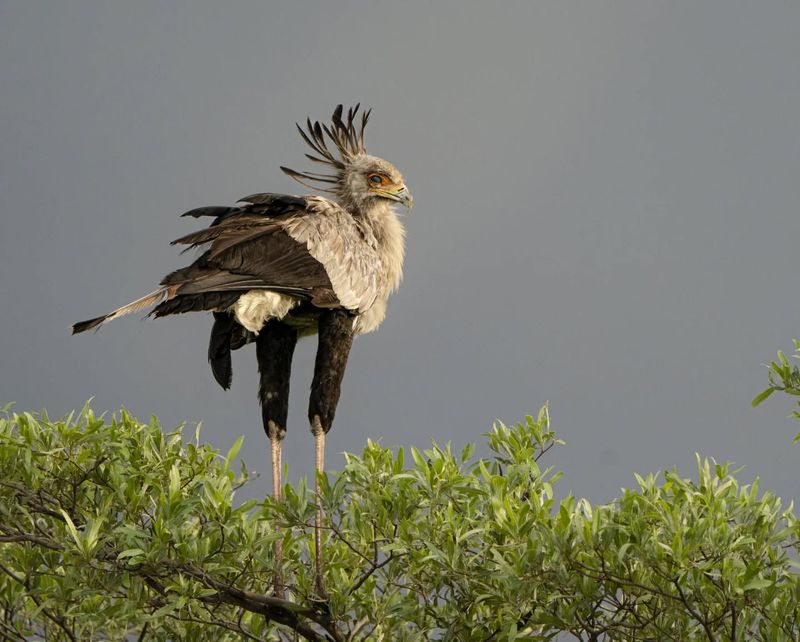
Unlike most birds of prey, the secretary bird hunts on foot, stalking across African savannas with long, stilt-like legs.
Its two-legged stride is fast and fierce—it can even kill snakes with powerful stomps. With its upright posture and sharp plumage, it’s one stylish strutter.
7. Ghost Crab
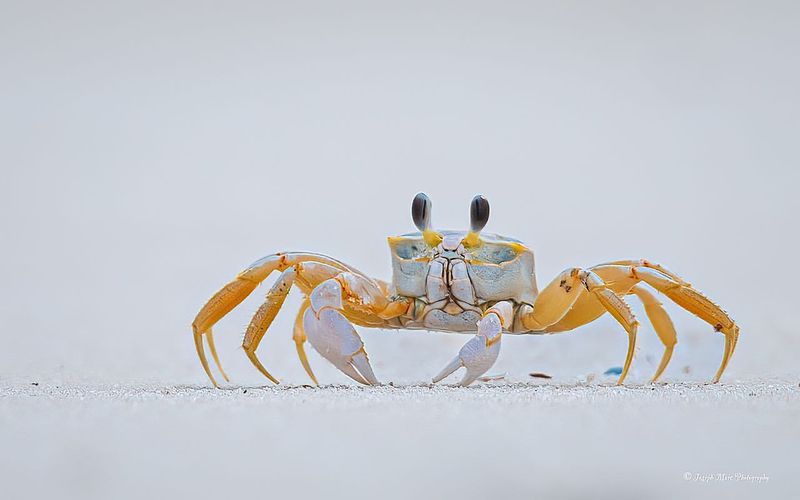
Ghost crabs move sideways most of the time, but when spooked, they bolt upright on their hind legs at surprising speeds.
Watching one sprint across a beach on two legs is both weird and hilarious—a crustacean with an unexpected gait.
8. Gorilla
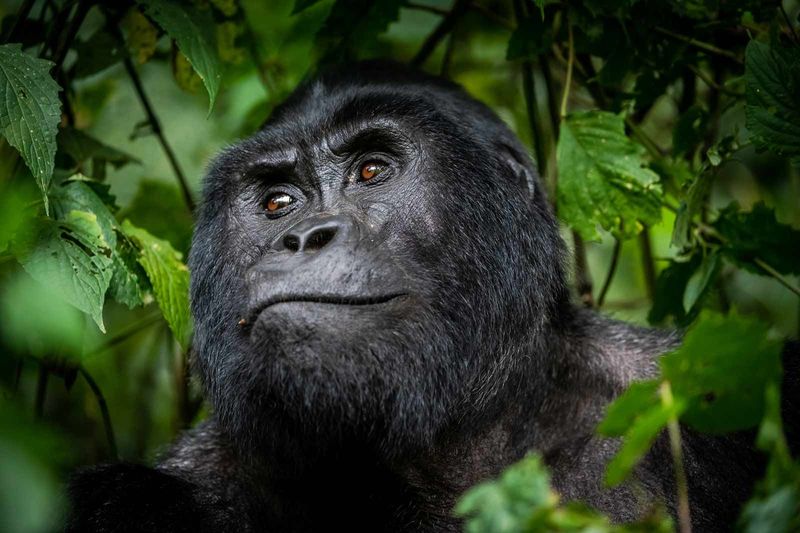
While gorillas usually move on all fours, they’re capable of walking upright in short bursts, especially when carrying food or tools.
Their two-legged stroll is slow and powerful, giving a glimpse into our own evolutionary past.
9. Basilisk Lizard
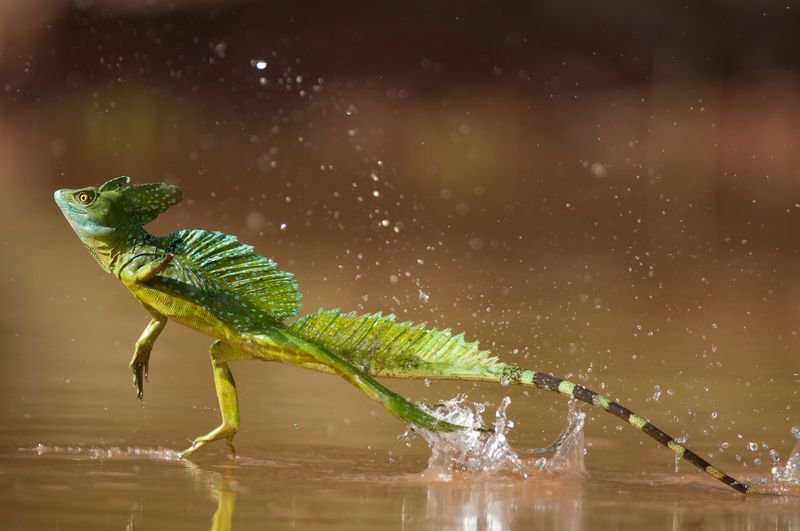
Nicknamed the “Jesus Lizard,” this reptile can literally run on water using only its two hind legs.
Found in Central and South America, the basilisk’s bipedal sprint across ponds is both bizarre and amazing to witness.
10. Ostrich
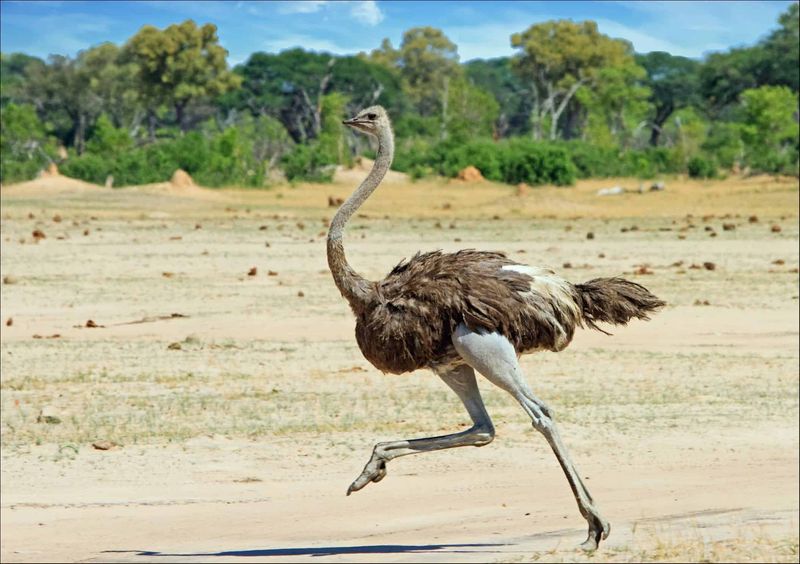
As the largest and fastest two-legged animal on Earth, the ostrich can sprint at over 40 mph.
These flightless birds use their long, muscular legs not just for speed but also for self-defense. They strut and stomp with authority.
11. Kea
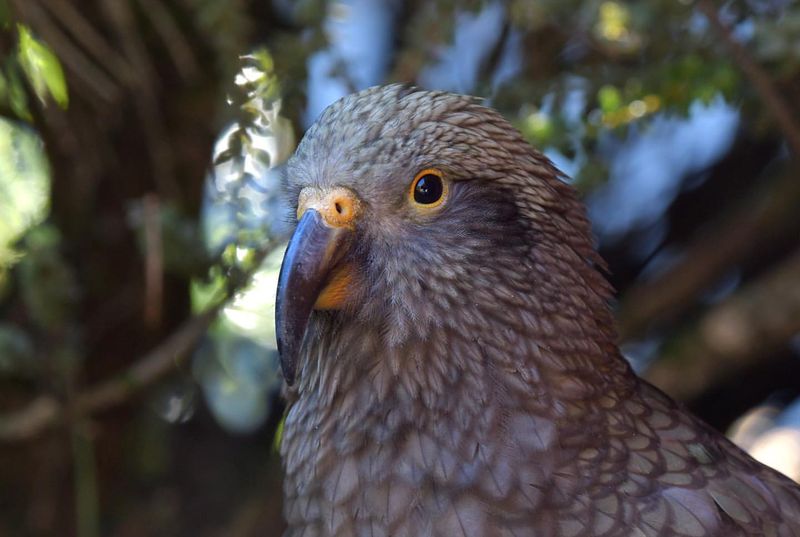
This mischievous parrot from New Zealand walks upright more often than it flies.
The kea’s curiosity leads it to explore cars, campsites, and backpacks on foot. Its bipedal antics only add to its reputation as one of the smartest (and weirdest) birds out there.
12. Sifaka Lemur
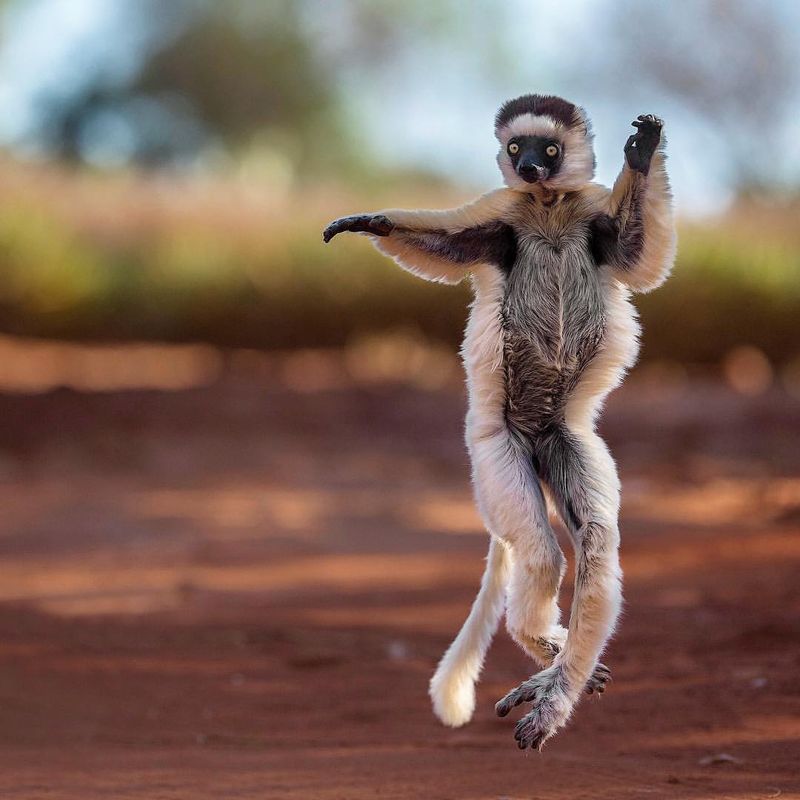
Sifakas are famous for their sideways bipedal hops, often moving in bursts of upright leaps between trees.
With their arms raised for balance and legs springing in sync, they look like dancing ballerinas in the wild.
13. Penguin
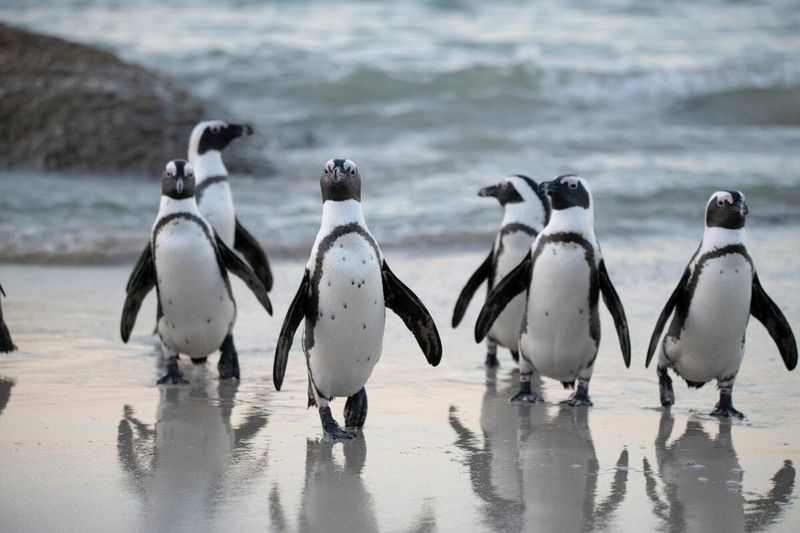
Beyond the emperor species, all penguins waddle on two legs, shuffling across ice and rocky terrain with charming awkwardness.
Their upright posture and flipper balance give them a distinctive stride that’s equal parts clumsy and adorable.
14. Jerboa
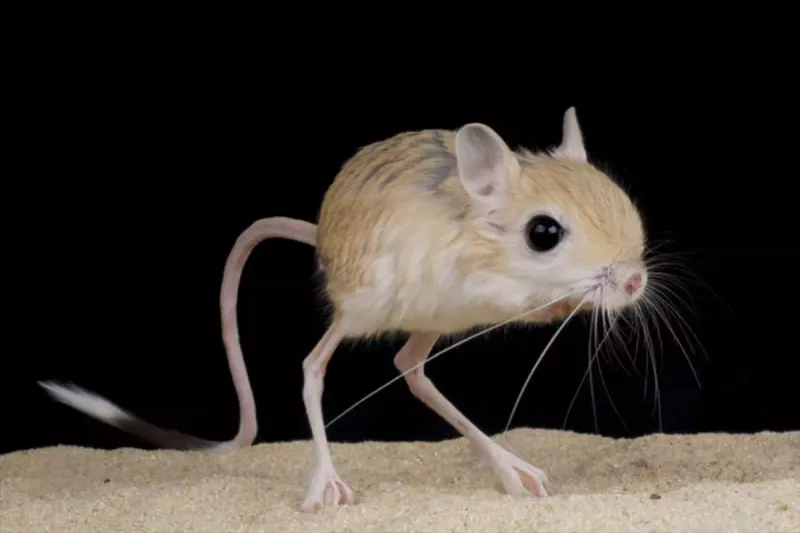
This desert rodent has long hind legs and tiny front ones, making it resemble a mini kangaroo.
It hops and bounces on two legs across sandy terrain at surprising speeds. Its upright posture and large ears make it a truly odd little creature.
15. Cassowary
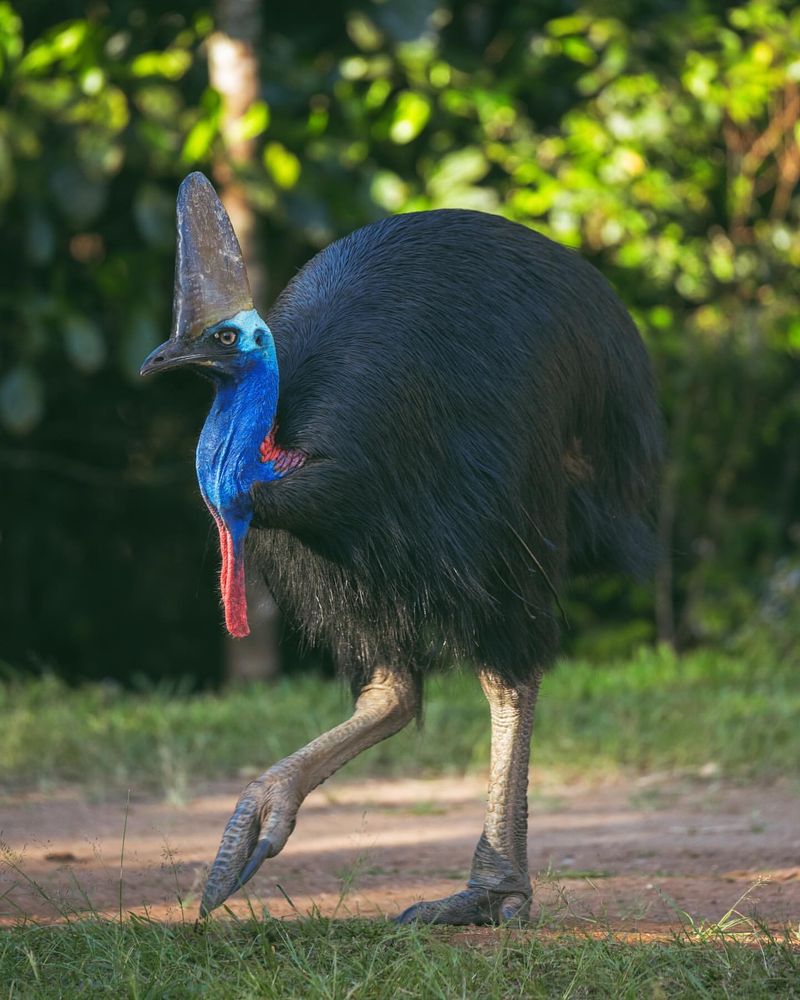
This dinosaur-like bird stalks the tropical rainforests of Australia and New Guinea on two massive legs.
Armed with dagger-like claws and a helmet-like crest, the cassowary is powerful, aggressive, and absolutely bizarre.
16. Manakin
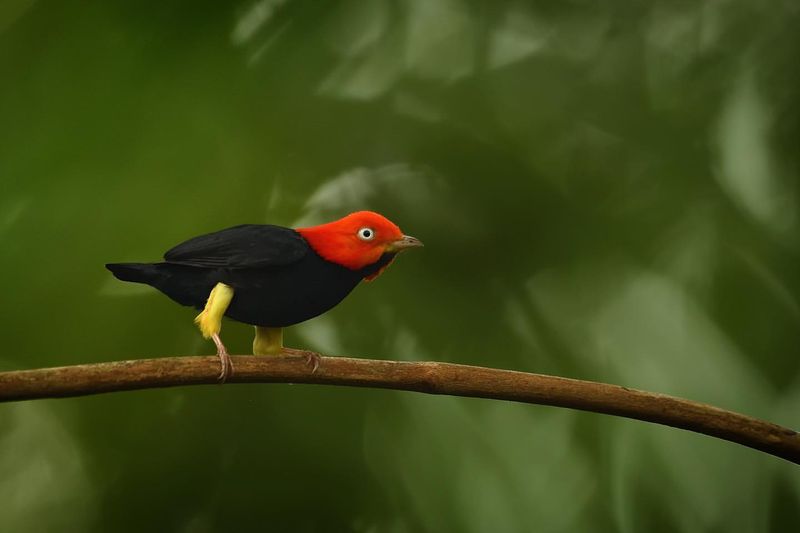
These tiny birds are famous for their mating dances, where they bounce, hop, and even moonwalk across branches on two legs.
Their elaborate choreography is performed to impress females and looks more like a dance-off than courtship.

